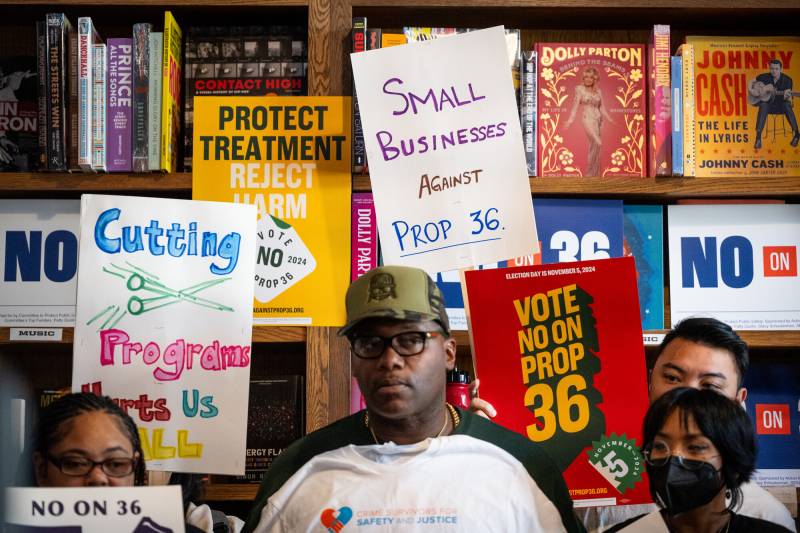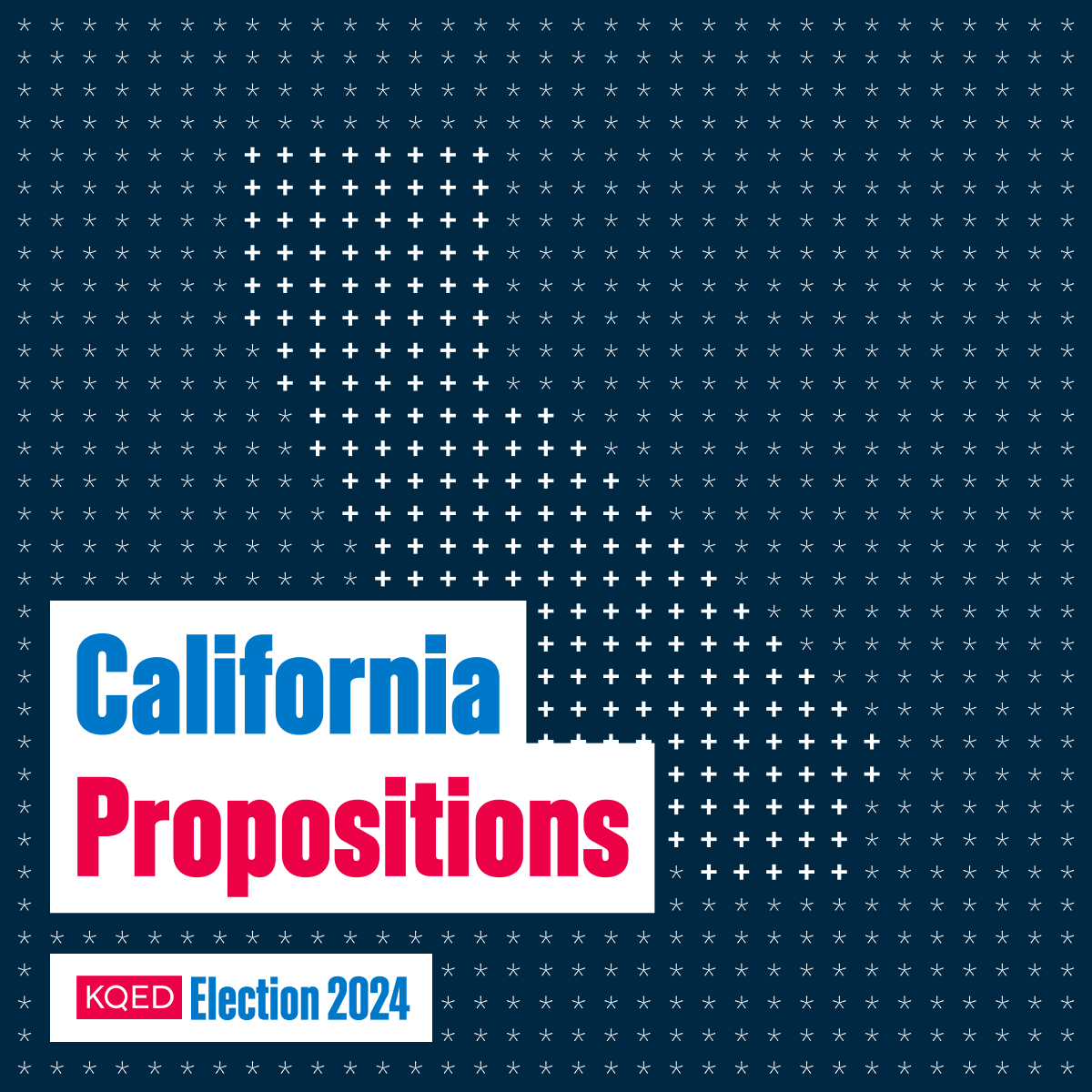At a Sept. 10 hearing in the state Capitol, Haley identified those issues as rising homelessness and retail theft and “a startling proliferation of opioid-related deaths.”
“Prop. 36 incentivizes drug treatment for addicts by giving them choices, by giving them determinative agency in their own lives. … It allows prosecutors to treat an offender with a single theft differently than someone who is a serial offender,” she said. “And it allows prosecutors to treat fentanyl-like the scourge that it is.”
But experts say those promises may be difficult to keep without a huge influx of resources, given the state’s limited drug treatment capacity, its shortage of police officers and the ongoing housing crisis. Meanwhile, the ballot measure is likely to drive up jail and prison spending, according to the nonpartisan Legislative Analyst Office.
The LAO estimates Proposition 36 would cost taxpayers hundreds of millions of dollars a year, partly by increasing the state prison population “by around a few thousand people,” roughly the capacity of one state prison. It would also increase the number of people in local jails and on probation supervision and decrease the money from Proposition 47 for treatment programs by tens of millions of dollars each year.
All this comes as the state, as well as many local governments, are facing budget shortfalls. San Diego County supervisors recently declined to endorse Proposition 36 after conducting an analysis that concluded the ballot measure would cost the county $58 million a year, could push its jail population beyond its system capacity and would reduce funding for Proposition 47 programs.
Law enforcement staffing
Supporters of Proposition 36 argue that by making shoplifting and other low-level thefts misdemeanors, it has undercut police officers’ ability to hold people accountable for those crimes. But there’s nothing preventing police from arresting misdemeanor offenders now — except, according to many in law enforcement, their own resources.
Sacramento County Sheriff Jim Cooper, a former lawmaker and longtime critic of criminal justice reforms, told lawmakers at the September hearing that his department doesn’t “have the resources to go after every misdemeanor offender” — and that when faced with a decision between responding to a violent offense or a property crime, they will choose the more serious incident.
“We don’t have the resources for the misdemeanor stuff, the day in and day out stuff because of Prop. 47,” he said. “We only have so much capacity.”
Cooper blamed Proposition 47 for limiting police response to minor crimes. However, that measure didn’t directly impact police staffing, which hit a 30-year low in California, with 3,600 officers lost between 2020–2022, according to the Police Officers Research Association of California.
Proposition 36 wouldn’t change that staffing crisis said Tom Hoffman, who headed the state’s parole department from 2006–2009 and spent over 30 years as a police officer. The measure does not include any new money for police agencies — and in most cases, police officers will have no way of knowing when a shoplifting call comes in whether it will qualify as a felony.
“These cases are the lowest priority,” he said, adding that they should be. “There are 35,000 (misdemeanor) warrants for people in Sacramento County alone for violations of these crimes. And the sheriff freely admits he’s not going to go find them, he’s not going to arrest them, and he won’t accept them being booked into his jail. And [Proposition] 36 isn’t going to change that.”
San Joaquin Probation Chief Steve Jackson supports Proposition 36, saying it would “return balance” to the criminal justice system by allowing more severe penalties for repeat offenders. But he acknowledged that some of its promises may not be easy to achieve.
“There’s no money written into it to fund any of this,” he said.
A solution to fentanyl and homelessness?
Proposition 36 backers are leaning heavily on the ballot measure’s provisions related to drug possession and use — and what they frame as a connection to homelessness.
They note that since Proposition 47 passed, there’s been a sharp decline in participation in drug courts and other diversion programs, which offer someone facing a criminal charge the option of participating in treatment and having those charges dropped. They connect that decline to the rise in homelessness.
“We’ve had a massive explosion in drug addiction, particularly fentanyl, in the last ten years in California since Prop. 47 passed. And that’s associated also with a massive increase in homelessness,” Yolo County District Attorney Jeff Reisig, who helped craft Proposition 36, said at an Oct. 23 news conference.


